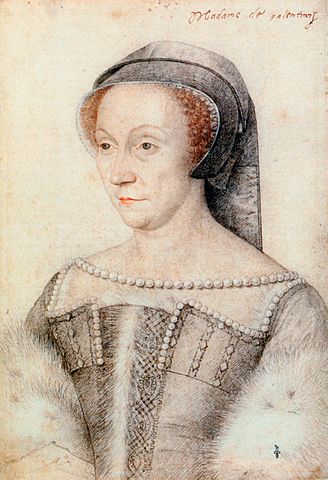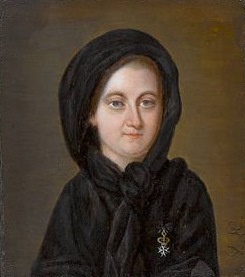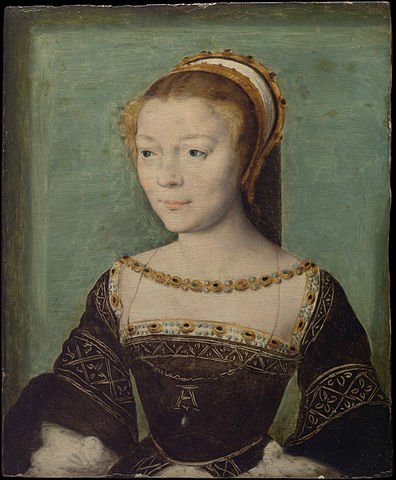When Queen Beatrix abdicated, all courtiers offered their position into His new Majesty'a gracious consideration, as the Constitution says "The King shall organize his own House".
Queen Máxima has lesser hofdames than Queen Beatrix, from 9 back to 5, which was explained as: the new Queen is a Consort. That means no investitures of new ministers, no credentials of new ambassadors, no audiences to dignitaries. There simply are fewer Hofdames needed. Undoubtedly the number will double again under Queen Catharina-Amalia, as she will have the position and the agenda of a head-of-state indeed.
Her dames are all from nobility or patriciate: Marie-Louise Alexandra ("Bibi") gravin Van Zuylen van Nijevelt - jonkvrouw Den Beer Poortugael, Ottoline Antoinette ("Lieke") Gaarlandt - Van Voorst van Beesd, Anna Magdalena ("Annemijn") Crince le Roy - Van Munster van Heuven, Joséphine Maria ("Pien") van Karnebeek - Thijssen





